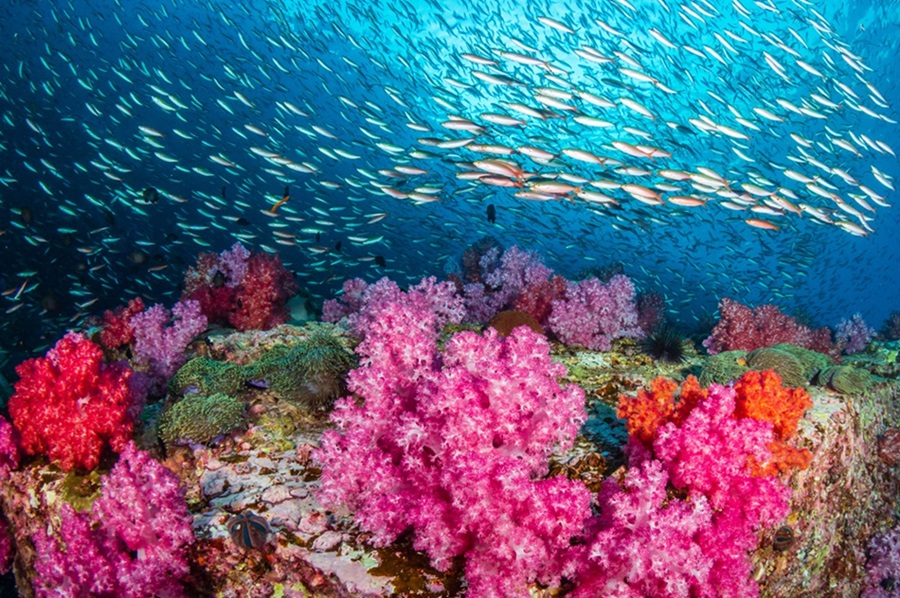
A University of Queensland-led citizen science project, CoralWatch, has unveiled an interactive online tool designed to help researchers and citizens alike track and manage coral health worldwide.
The newly launched interactive map, accessible on CoralWatch’s website, offers real-time monitoring of coral bleaching events globally.
CoralWatch project manager, Diana Kleine, said the map, introduced in response to the alarming rise in coral bleaching events, allows users to view the results of their survey data uploaded in the CoralWatch database, powered by the Atlas of Living Australia.
“Amidst the Great Barrier Reef's fifth mass bleaching event in eight years, we’re calling upon concerned individuals worldwide to contribute to coral health data collection efforts,” Ms Kleine said.
“The map serves as a vital resource for scientists, conservationists, and policymakers to identify areas susceptible to bleaching, enabling proactive conservation efforts”.
“Through automated graphs, users can visualise critical information such as colour score, coral types, average colour over time, and potential bleaching events.
“For example, Heron Island is experiencing severe bleaching, and our data is clearly showing this on the map when you select the last 3 months in potential bleaching mode.”
To encourage participation, the interactive data map has been designed to be as easily accessible as possible.
“We want the platform to be open to all individuals passionate about preserving our oceans,” Ms Kleine said.
“Participants simply compare colours observed on the reef with those on the Coral Health Chart, record matching codes, select from four coral types, provide details about the surveyed reef, and upload the data results.
“To kickstart involvement, individuals can apply for a free initial Coral Health Chart through the CoralWatch website.”
The primary objective of CoralWatch's interactive map is to provide a comprehensive global overview of coral bleaching occurrences, aiding in early detection and proactive conservation measures.
“CoralWatch aims to collect systematic data before, during, and after bleaching events by engaging citizen scientists, researchers, and enthusiasts and facilitating informed decision-making and long-term reef management strategies,” Ms Kleine said.
“By adopting sustainable practices and reducing carbon emissions, individuals can contribute to the preservation of coral reefs from home.
“Together, we can make a difference in safeguarding these invaluable ecosystems for generations to come.”



